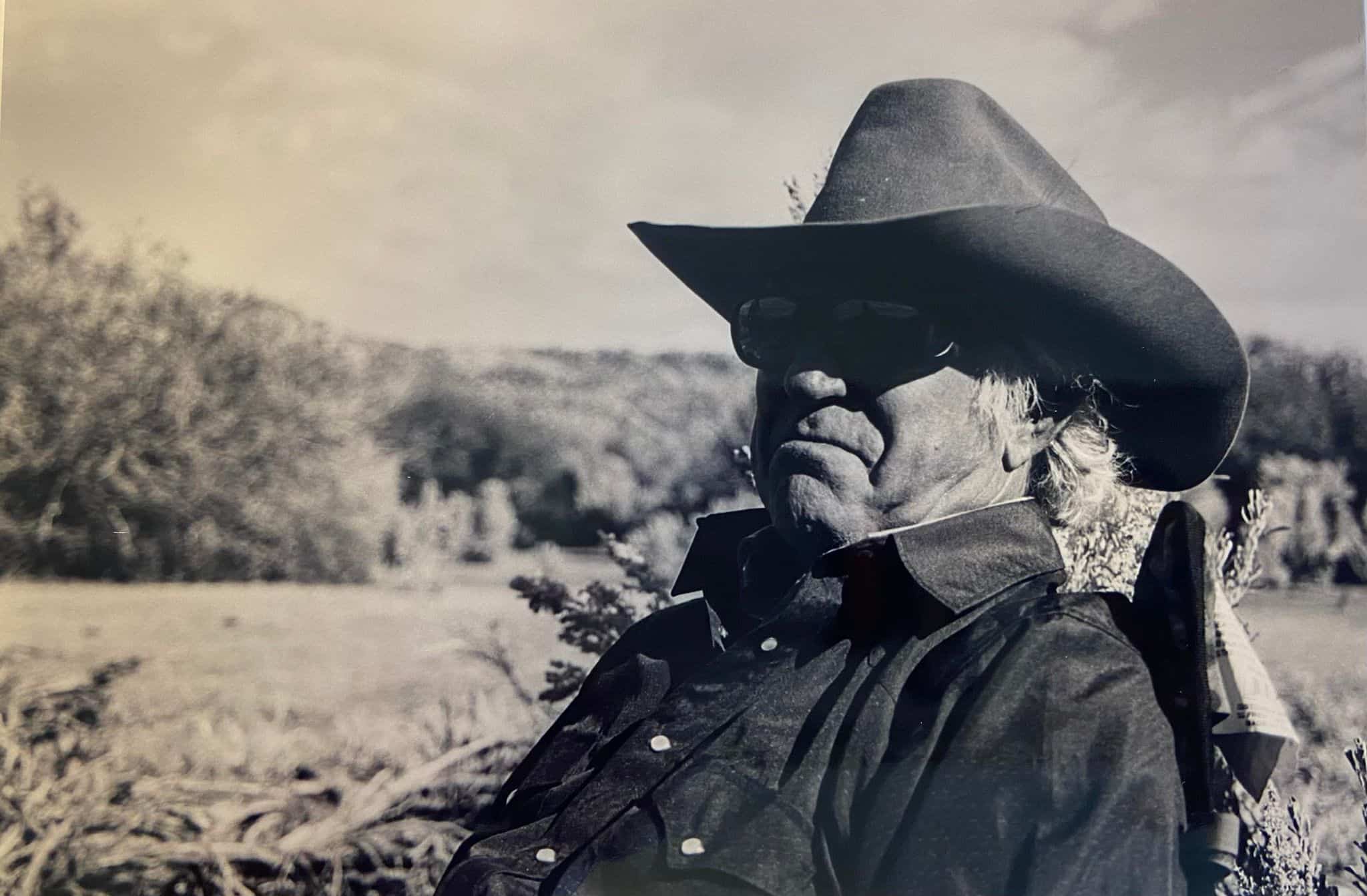Synovial Joints and How They Work
- Topics: Article, Musculoskeletal System
There are 205 bones in the horse’s skeleton. Twenty of these bones are in each foreleg and 20 in each hind limb, for a grand total of 80 bones in the four equine legs. The leg bones do not function independently. Each is connected or aligned with one or more other bones, allowing the horse to lift, bend, and flex its legs. This ability allows the horse to travel across the ground, absorbing concussion as it does so. The spot where one or more bones join is the joint. This installment of the anatomy and physiology series focuses on these critical areas of movement.
Types of Joints
There are three types or classifications of equine joints. They are:
Synovial joints–These are the movable joints and the ones most apt to sustain injury or be afflicted with disease. An example of a synovial joint is the carpus (knee), which actually contains three joints and multiple bones. In a manner of speaking, the synovial joints are the horse’s ball bearings. A synovial joint consists of two bone ends that are both covered by articular cartilage. The cartilage within the joint is smooth and resilient, allowing for frictionless movement. Each joint capsule also contains an inner lining called the synovial membrane, which secretes synovial fluid to lubricate the joints
Create a free account with TheHorse.com to view this content.
TheHorse.com is home to thousands of free articles about horse health care. In order to access some of our exclusive free content, you must be signed into TheHorse.com.
Start your free account today!
Already have an account?
and continue reading.

Written by:
Les Sellnow
Related Articles
Stay on top of the most recent Horse Health news with












